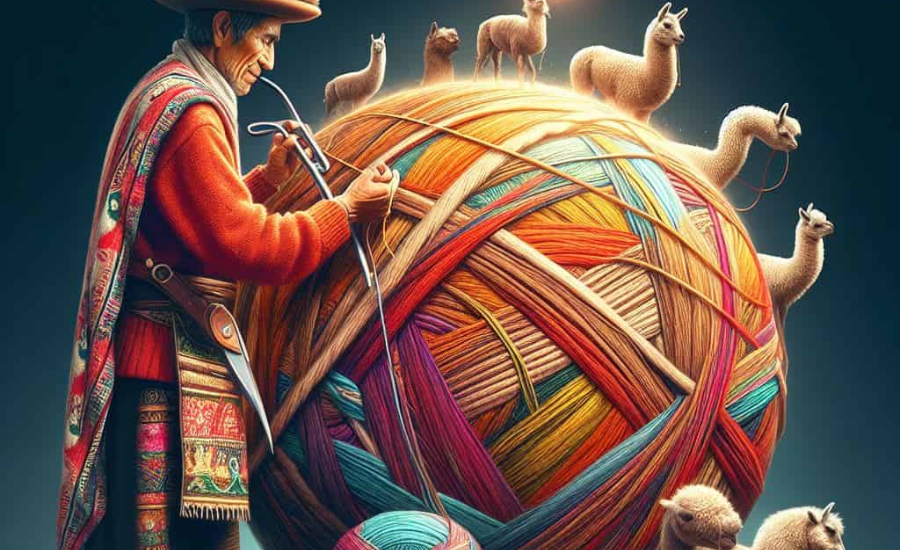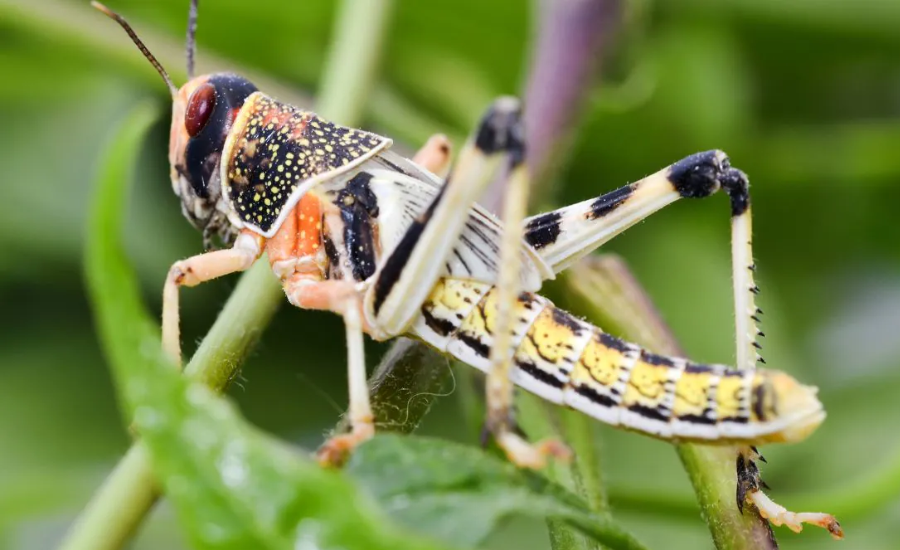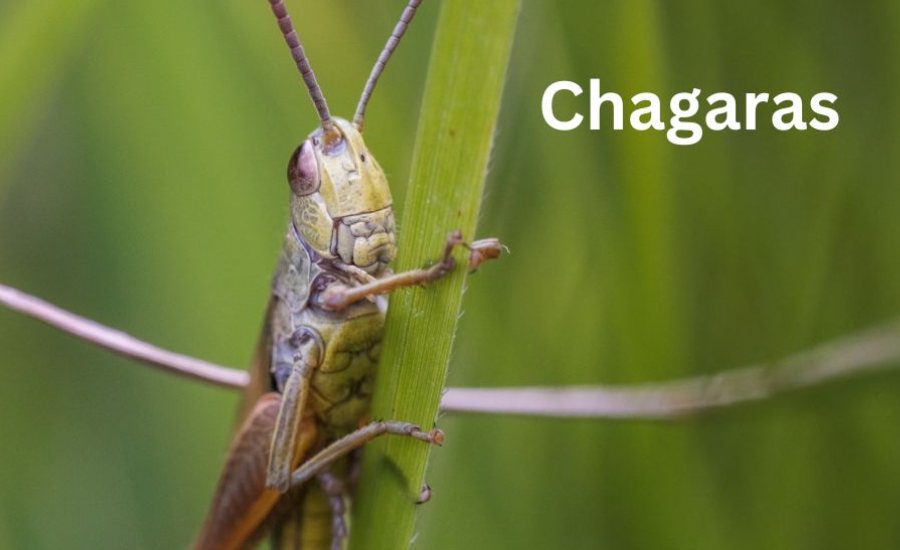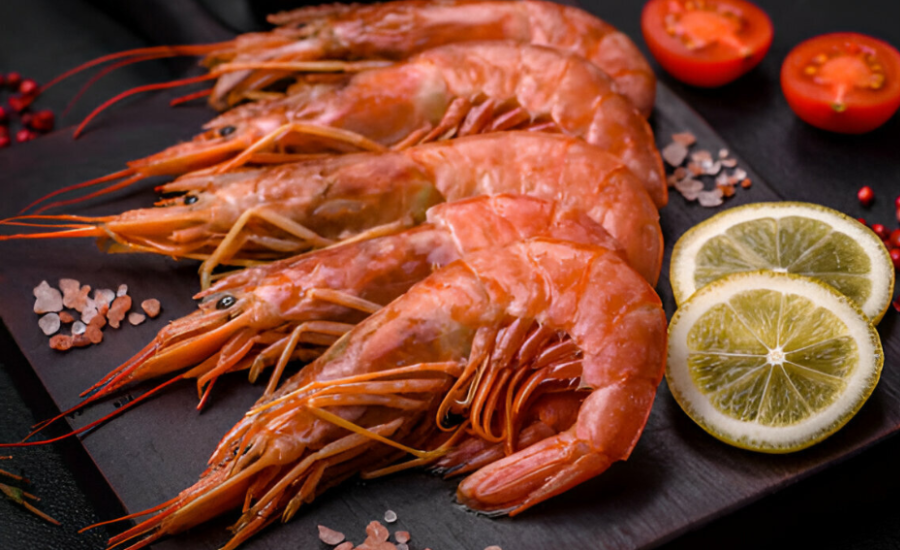Chagaras, often referred to as the “embroidery of the soul,” is a traditional and deeply symbolic craft that has played a significant role in the cultural landscape of various societies for centuries. This art form, which goes beyond mere decoration, intertwines storytelling, identity expression, and cultural preservation through its intricate designs and stitches. In this expanded exploration, we will delve into the origins, cultural impact, artistic representations, and contemporary applications of chagaras, along with the efforts to preserve and promote this craft in today’s world.
The Origins and Evolution of Chagaras: From Nomadic Roots to Cultural Symbolism

Historical Roots
Chagaras traces its origins to ancient nomadic cultures, where it was not only a decorative technique but also a vital medium for storytelling and expressing cultural identities. These early societies, often scattered across diverse regions, used chagaras to communicate stories, beliefs, and values. The intricate patterns were symbolic representations of their experiences, spiritual beliefs, and environmental influences.
In nomadic communities, where mobility was essential, chagaras provided a means of preserving cultural heritage. Each piece of embroidery was a personal narrative—sometimes symbolic of survival, protection, or community unity. Over the centuries, these patterns became rich with meaning, and the craft evolved to reflect the changing societal norms and artistic trends of different regions.
Cultural Significance
At its core, chagaras is a reflection of the nomadic lifestyle—a life in constant motion, where art was not just for decoration but was integrated into the daily practices and rituals of life. As a craft, chagaras served a variety of functions, from adorning clothing to decorating household items, and even serving as ceremonial artifacts.
Symbolism and Artistic Expression
Each stitch in chagaras carries with it a story, a tradition, or a spiritual belief. The use of color, pattern, and texture reflects the community’s values and shared experiences. As the craft evolved, it began to mirror the transitions within the societies themselves, adapting to new influences and incorporating diverse artistic traditions.
The symbolism embedded within the designs of chagaras makes it much more than a mere craft—it is a form of communication. Through its patterns, the craft serves as an expression of identity, community, and resilience. In this way, chagaras links the past with the present, acting as a bridge between generations.
Traditional Uses of Chagaras: Crafting Identity and Connection

Daily Life and Ceremonial Significance
Chagaras plays a significant role in both the everyday lives of communities and in life’s most sacred moments. These embroidered items are not merely functional; they are imbued with cultural and personal significance, serving as symbols of pride and heritage.
The embroidery’s role in ceremonial settings is equally important. From birth celebrations to weddings and funerals, chagaras features prominently in rituals and milestones. Embroidered garments for newborns, bridal attire, and funeral shrouds are often intricately designed to symbolize blessings, protection, and continuity of cultural identity across generations.
Integration into Rituals
In many cultures, chagaras is seen as a sacred form of expression during rituals. The designs often represent blessings and protection for the individual or the community, as well as continuity in the face of life’s transitions. During weddings, for instance, chagaras is incorporated into bridal dresses and accessories to bring fortune and blessings to the newlyweds.
Thus, chagaras serves as both a practical and a symbolic element in life’s major events, underscoring its deep cultural roots and the emotional significance attached to it.
Chagaras in Artistic Representation: Literature and Visual Arts

In Literature
Chagaras has also found its place in literature, where it serves as a metaphor for resilience, unity, and the complexities of human existence. Writers and poets have drawn parallels between the fine threads of embroidery and the interconnectedness of human lives.
In literary works, the use of chagaras as a symbol enriches narratives, often serving as a powerful metaphor for enduring strength and the transmission of culture. Stories may explore how chagaras, through its intricate and sometimes painstaking work, represents the process of weaving together the individual threads of life into a greater whole.
In Visual Arts
Chagaras has also significantly influenced visual arts. From traditional tapestries and paintings to contemporary sculptures and installations, artists have found inspiration in the textures, colors, and symbolism of chagaras. Contemporary artists experiment with chagaras motifs in their work, blending these traditional patterns with modern interpretations to create innovative and visually captivating pieces.
Modern Applications of Chagaras: Fashion and Interior Design

Chagaras in Fashion
In recent years, there has been a resurgence of interest in chagaras within the world of high fashion. Designers have begun incorporating traditional chagara embroidery into couture collections, bringing cultural heritage to the modern runway. These contemporary fashion pieces often blend traditional stitching techniques with modern cuts and styles, infusing the rich history of chagaras into the fabric of haute couture.
This revival of traditional techniques in fashion is not just a trend; it represents a deepening respect for cultural preservation and the celebration of craftsmanship. The integration of chagaras into luxury fashion collections highlights the growing desire to reconnect with cultural traditions while embracing innovation. Through this, chagaras is no longer confined to its historical context but is instead reimagined for a global audience, creating a fusion of heritage and modernity.
Chagaras in Interior Design
Chagaras has also found a place in interior design, adding warmth, authenticity, and cultural depth to modern spaces. Intricate embroidered cushions, wall hangings, and other home decor items have become popular choices for those seeking to infuse their homes with cultural significance and personal meaning. These items not only serve as beautiful additions to any space but also act as a constant reminder of cultural heritage.
Interior designers use chagaras as a tool to create cultural sanctuaries within modern homes. The delicate, yet vibrant patterns of embroidery bring a sense of history and artistry to interior design, enriching the spaces they inhabit. Whether through traditional tapestries or contemporary interpretations of chagaras, the craft has become an essential element in creating spaces that are both visually stunning and emotionally resonant.
Challenges to Chagaras and Preservation Efforts
Despite its enduring cultural significance, chagaras faces numerous challenges in the modern world. Globalization, commercialization, and the potential for cultural appropriation threaten the authenticity and integrity of the craft. As chagaras becomes increasingly popular in global markets, there is a risk that the traditional techniques may be diluted or misrepresented, leading to a loss of cultural significance.
Efforts to Preserve Chagaras
In response to these challenges, various organizations and communities are working to preserve the authenticity of chagaras embroidery. These efforts focus on protecting traditional techniques and empowering artisans who continue to practice this craft.
One significant preservation effort involves the establishment of workshops and training programs for young artisans. These initiatives not only ensure that the craft is passed on to future generations but also provide economic opportunities for those skilled in chagara embroidery.
The Future of Chagaras

Chagaras, with its intricate designs and profound cultural significance, continues to be a vital expression of identity, resilience, and heritage. From its humble beginnings in nomadic societies to its modern-day applications in fashion and interior design, chagaras remains an essential part of the cultural fabric of many communities.
As we look to the future, it is crucial to continue supporting efforts to preserve the authenticity of this craft while also embracing its evolution in the global cultural landscape. By combining tradition with innovation, chagaras can continue to inspire new generations, bridging the past and present through the enduring beauty of its intricate embroidery.
Through a shared commitment to its preservation and promotion, chagaras will remain a powerful symbol of culture, craftsmanship, and resilience, offering a unique window into the soul of the communities that continue to celebrate and sustain this remarkable art form.
Facts
- Historical Roots:
Chagaras originated in ancient nomadic cultures, where it served not only as a decorative art but also as a medium for storytelling and cultural expression.
- Cultural Significance:
This embroidery technique reflects the nomadic lifestyle and cultural identity, often serving as a symbol of survival, protection, or unity.
- Symbolism:
The designs in chagaras are rich in meaning, representing spiritual beliefs, prosperity, fertility, and blessings. Each stitch is a form of communication, transmitting cultural values and beliefs.
- Ceremonial Importance:
Chagaras plays a significant role in major life events such as weddings, births, and funerals, symbolizing blessings and protection.
- Literary Representation:
Writers use chagaras as a metaphor for resilience, unity, and the interconnectedness of human lives, illustrating how each individual is part of a larger whole.
- Artistic Influence:
Chagaras has inspired various visual artists, from traditional tapestries to contemporary installations, blending cultural heritage with modern artistic forms.
- Fashion and Interior Design:
Chagaras has made a resurgence in contemporary fashion, where it is used in high-end collections, and in interior design, adding cultural depth to modern spaces.
- Preservation Efforts:
Various organizations are working to preserve the traditional techniques of chagaras through artisan support programs, educational workshops, and sustainable markets.
FAQs
Q: What is Chagaras?
A: Chagaras is a traditional form of embroidery with deep cultural and symbolic significance. Originating from nomadic societies, it is a medium of storytelling, cultural expression, and preservation.
Q: What do the designs in Chagaras represent?
A: The designs in chagaras represent spiritual beliefs, protection, blessings, prosperity, and fertility. Each stitch and pattern carries symbolic meaning tied to the community’s values and experiences.
Q: How is Chagaras used in ceremonies?
A: Chagaras is integral to ceremonies such as weddings, births, and funerals. It is used in garments like bridal dresses and funeral shrouds, symbolizing blessings, protection, and continuity of cultural identity.
Q: How has Chagaras influenced modern fashion and design?
A: In recent years, chagaras has been incorporated into high fashion collections and modern interior design, blending traditional embroidery techniques with contemporary styles. This has helped preserve the art form while making it relevant in today’s global cultural landscape.
Q: What challenges does Chagaras face?
A: Chagaras faces challenges from globalization and commercialization, which can dilute its authenticity. Additionally, there are concerns about cultural appropriation, where the traditional meanings and techniques may be misrepresented.
Q: What are the efforts to preserve Chagaras?
A: Efforts include workshops and training programs for young artisans, creating sustainable markets for chagara products, and initiatives to educate the public on the craft’s cultural significance.
Conclusion
Chagaras is much more than a traditional form of embroidery; it is a vital expression of culture, identity, and resilience. Its roots in nomadic societies provide a deep connection to the past, while its contemporary resurgence in fashion and interior design highlights its enduring relevance. As globalization presents both opportunities and challenges for the preservation of chagaras, it is crucial to support initiatives that protect its authenticity and empower artisans. Through these efforts, chagaras will continue to inspire future generations, acting as a bridge between past traditions and present innovations. This timeless art form will remain a symbol of cultural heritage, craftsmanship, and resilience for many years to come.
Don’t lose track of this: Adn-237
